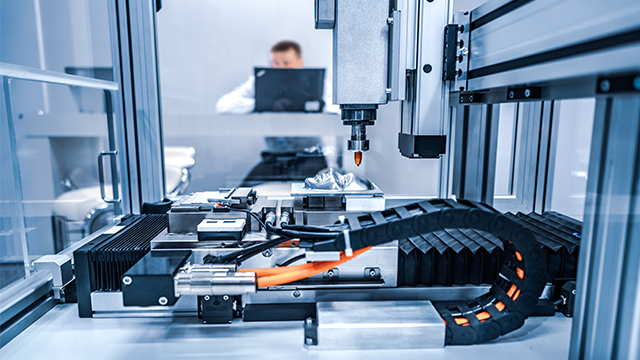3D Printed Metal Castings: A New Chapter in Manufacturing
2025-01-20 13:45:54 hits:0
With the rapid advancement of technology, 3D printing has gradually transitioned from laboratories to production lines, particularly in the field of metal casting manufacturing, where it is leading a profound transformation with its unique advantages. This article will delve into the technical principles, advantages, and applications of 3D printed metal castings across various sectors, showcasing the boundless possibilities this emerging technology brings to the manufacturing industry.

I. Technical Principles of 3D Printed Metal Castings
The technology of 3D printed metal castings combines the essence of traditional casting processes with 3D printing technology. At its core, it uses 3D printing equipment to build up layers of metal powder or wire based on a digital 3D model. High-energy lasers or electron beams melt and solidify the metal powder or wire, ultimately forming a solid component. This process not only achieves the direct conversion from digital models to physical parts but also significantly enhances manufacturing flexibility and precision.
II. Advantages of 3D Printed Metal Castings
- High Design Freedom: 3D printing technology enables the fabrication of complex structures, such as internal cooling channels and reinforcing ribs, which are difficult to achieve in traditional casting. With 3D printing, these structures can be effortlessly created, reducing design challenges and manufacturing costs.
- High Material Utilization: 3D printed metal castings employ additive manufacturing, adding material only as needed, minimizing material waste compared to traditional casting. Additionally, leftover material can be recycled, further enhancing material utilization.
- Shortened Production Cycle: 3D printing technology rapidly translates designs into physical parts, drastically reducing production cycles. For small-batch, multi-variety casting production, 3D printing demonstrates its unique advantages.
- High Product Quality: 3D printed metal castings exhibit high precision and quality. By precisely controlling printing parameters and processes, castings with smooth surfaces and precise dimensions can be obtained, reducing subsequent processing workloads.
III. Application Fields of 3D Printed Metal Castings
- Aerospace: 3D printed metal castings have broad application prospects in the aerospace industry. Through 3D printing, critical components such as aircraft engine blades and turbine disks can be manufactured with complex shapes and superior performance, enhancing aircraft performance and reliability.
- Automotive Industry: In the automotive industry, 3D printed metal castings are used to produce key parts like engine blocks, cylinder heads, and transmission cases. These components not only possess high strength and durability but also meet lightweight design requirements, improving fuel economy and vehicle performance.
- Medical Devices: 3D printed metal castings also have extensive applications in the medical device sector. Through 3D printing, customized medical devices such as orthopedic implants and dental restorations with complex shapes and high precision can be created, catering to patients' individual needs.
IV. Future Outlook
With the continuous development and refinement of 3D printing technology, its application prospects in metal casting manufacturing will become even broader. In the future, we can anticipate 3D printed metal castings being utilized in more fields, such as energy, shipping, and mining machinery. Simultaneously, advancements in materials science, computer science, and related fields will further enhance the performance and quality of 3D printed metal castings.
In conclusion, as an emerging technology in manufacturing, 3D printed metal castings is leading a transformation in the industry with its unique advantages. We have reason to believe that in future developments, 3D printed metal castings will become an indispensable part of manufacturing, bringing more innovations and advancements to human society.
Previous: Blast Furnace and Pig Iron: Relationship
Next: Cast Iron and Cast Steel

 en
en  fra
fra  de
de  ru
ru  ara
ara  gle
gle  it
it  jp
jp  kor
kor  th
th  zh
zh 


